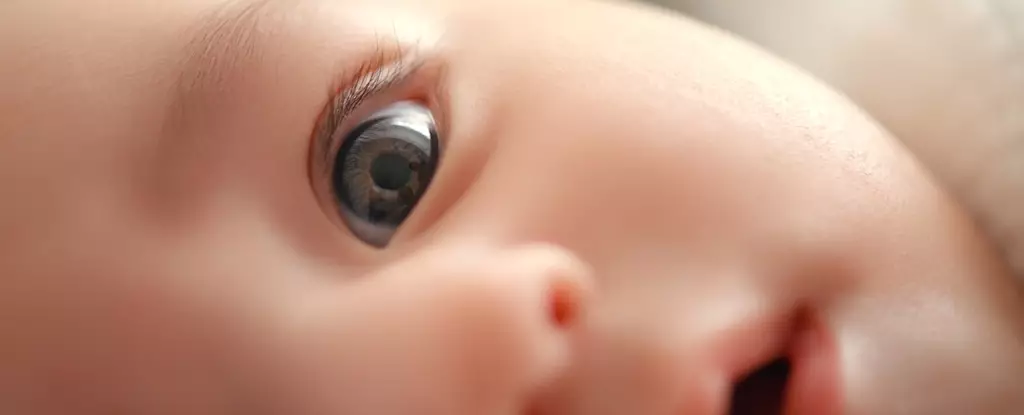In recent years, the conversation around environmental pollution has increasingly centered on microplastics. These minuscule fragments of plastic, often smaller than grains of sand, have insidiously permeated every aspect of our habitat—from oceans to agricultural fields—and even into our bodies. Despite their prevalence, the full ramifications of microplastic exposure on our health remain largely unknown. A new study conducted by researchers at Rutgers University sheds light on an alarming potential consequence: the transmission of microplastics from mother to offspring in mice.
The groundbreaking study focuses on polyamide-12 (PA-12), a commonly used nylon, and reveals that inhalation of microplastic particles by pregnant mice leads to their presence not only in the maternal bloodstream but also in vital organs of the offspring, including the lungs, hearts, livers, kidneys, and brains. The findings indicate that these microplastics can persist in newborn mice for several weeks post-birth. This research amplifies previous studies that identified the ability of microplastics to cross the placenta, demonstrating a tangible route through which environmental pollution can seep into early developmental stages. Such revelations raise critical questions about the implications of microplastic exposure for fetal development and long-term health outcomes.
Implications for Human Health
While the research focuses on mice, the implications are vast and alarming. If similar mechanisms are found in humans, as biological similarities suggest, then the exposure of infants to microplastics might begin even before birth. This points to an unsettling scenario where children enter the world encumbered by a preexisting microplastic load in various organs and tissues. The prospect of having plastic particles embedded in critical bodily systems is not just uncomfortable—it’s potentially detrimental. Early exposure to various environmental pollutants is already linked to a myriad of health issues, including chronic illnesses and developmental disorders. The potential parallels with microplastics raise a red flag for public health and policy.
The study’s findings provoke many questions. What exactly does the presence of microplastics in vital organs mean for biological function? Are there specific health risks associated with microplastic accumulation within critical systems, such as the respiratory or cardiovascular systems? Researchers emphasize the necessity for further investigation into the toxicological impacts of microplastics, but the urgency is evident. With an increasing body of evidence suggesting serious potential health ramifications, there is an undeniable need for comprehensive research that digs deeper into the subject.
Despite the mounting evidence of the dangers posed by microplastics, society’s addiction to plastic remains unbroken. In 2021 alone, an estimated 450 million tons of plastic were produced globally, be it in food packaging, household items, or industrial uses. The fibers and fragments left behind as these products degrade continue to taint our ecosystems and, inevitably, our health. Efforts to recycle and limit plastic use are underway, but substantial progress is critical, and swift action is necessary to protect future generations. A multi-faceted approach—including improved waste management, innovative material alternatives, and stricter regulations on plastic production—is essential to mitigating this crisis.
As scientists and researchers continue to unravel the implications of microplastics in our health and environment, the stakes have never been higher. The warning signs are clear: modern life may be creating a toxic legacy. The revelations of the Rutgers study are a clarion call for both action and awareness. We must confront our plastic habits and seek sustainable alternatives; our health and that of future generations depend on our response to this pressing issue. Understanding that eliminating plastic altogether may not be feasible, the focus should shift towards reducing its use, innovating biodegradable alternatives, and ensuring a safer, cleaner environment for all.

